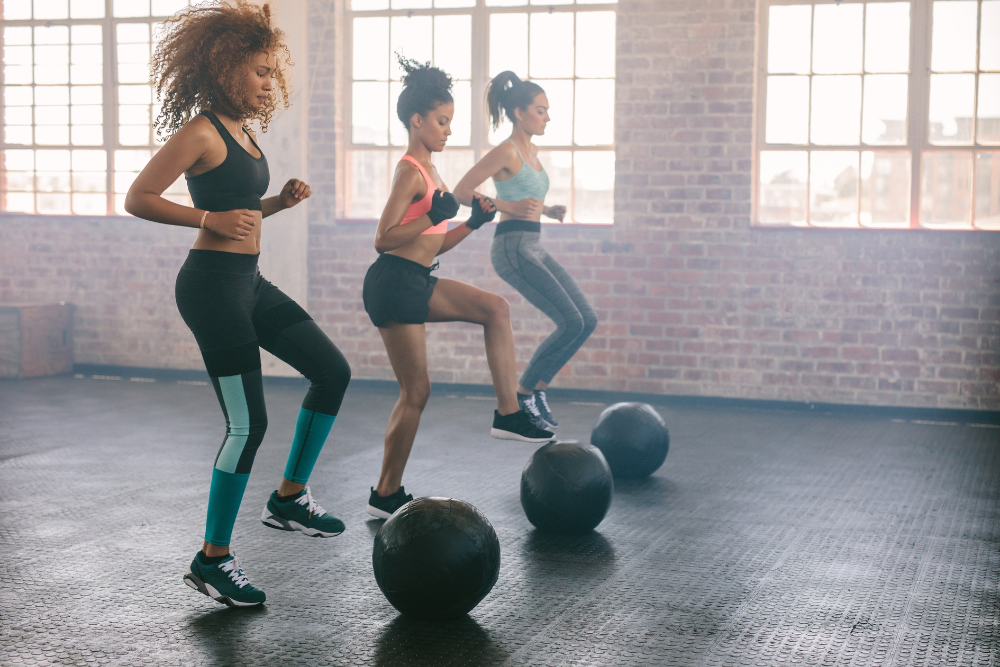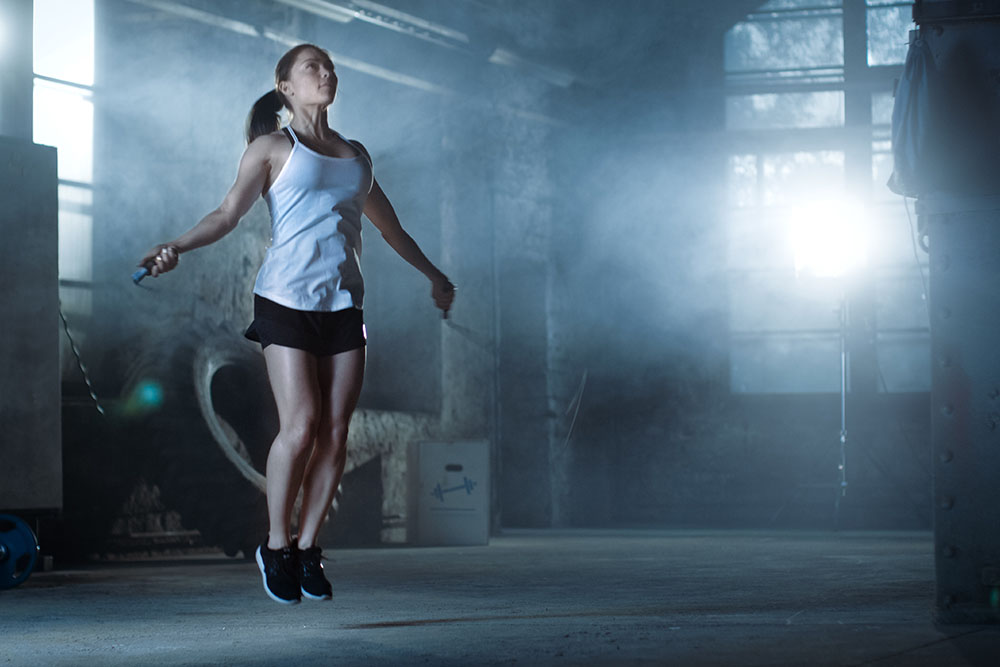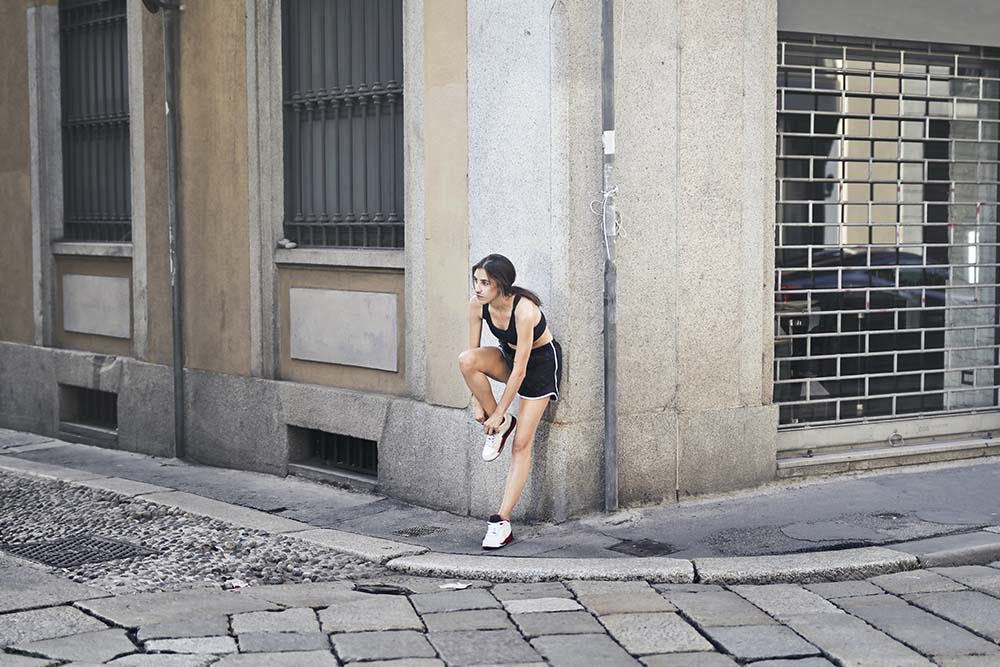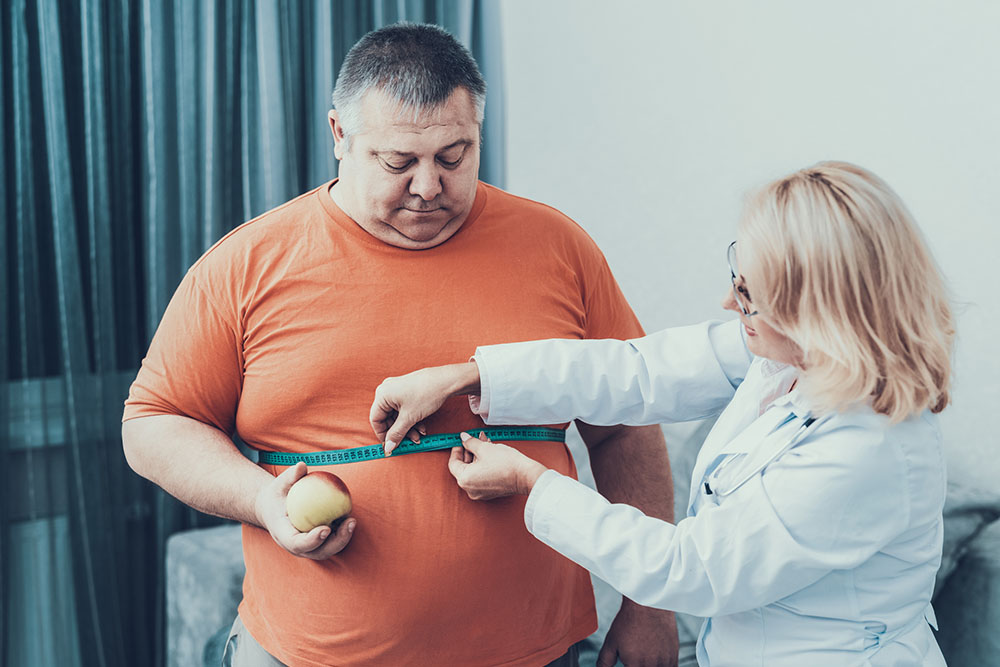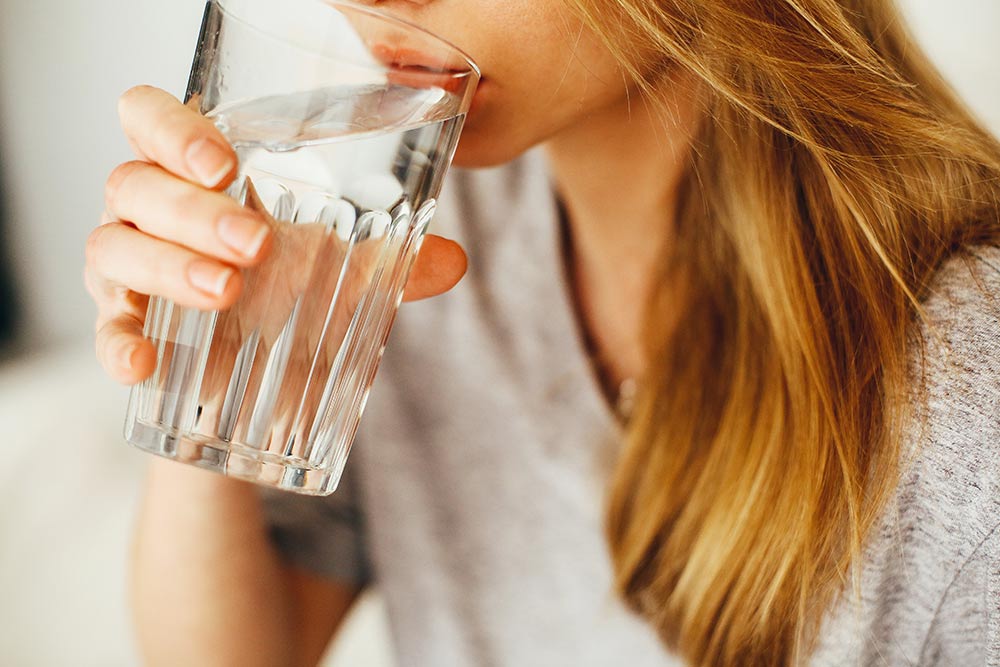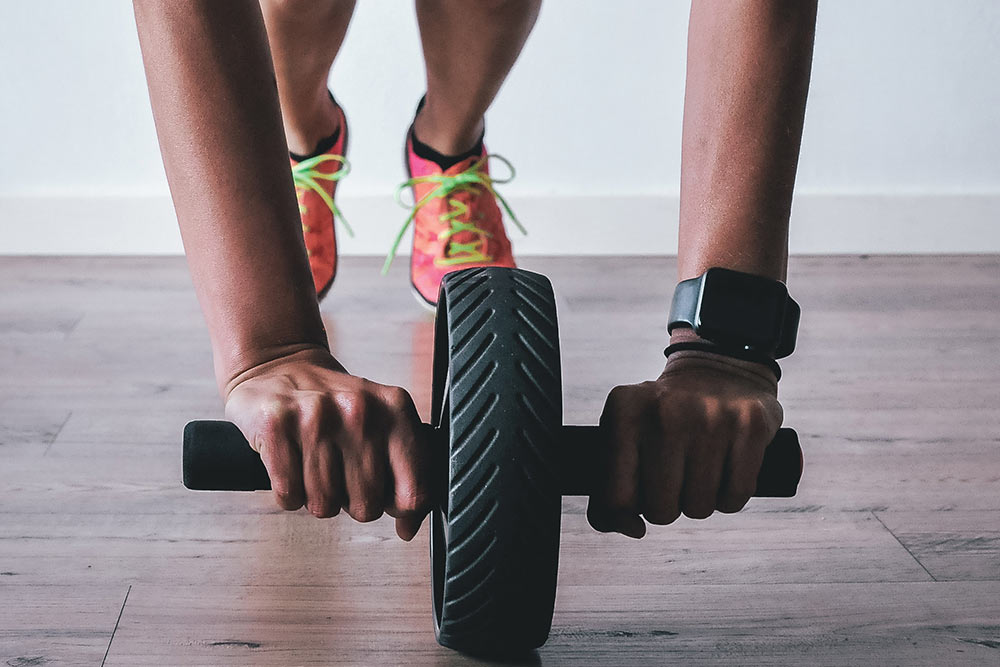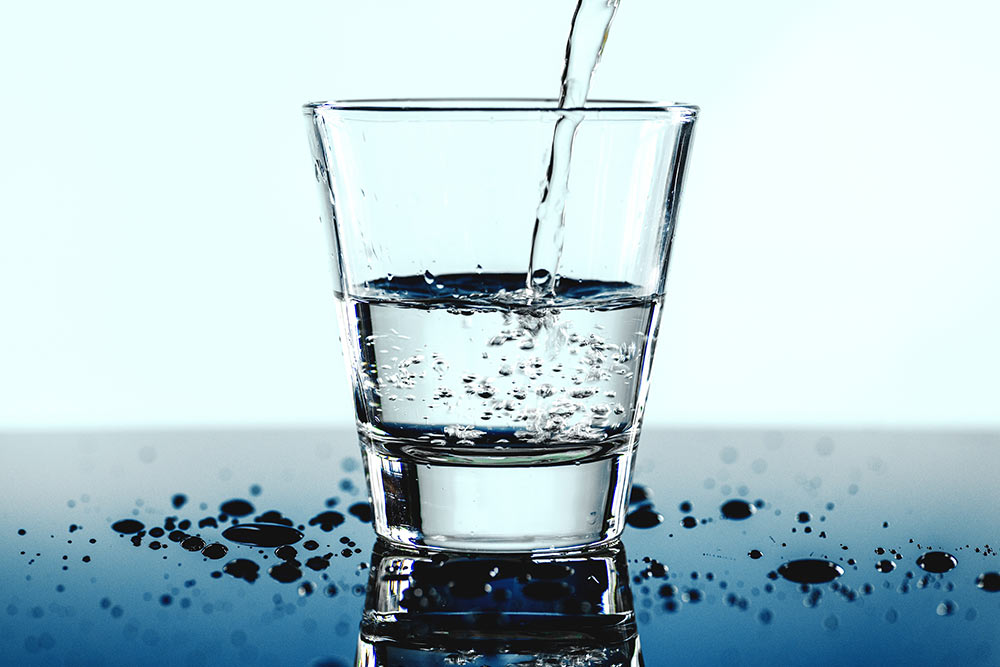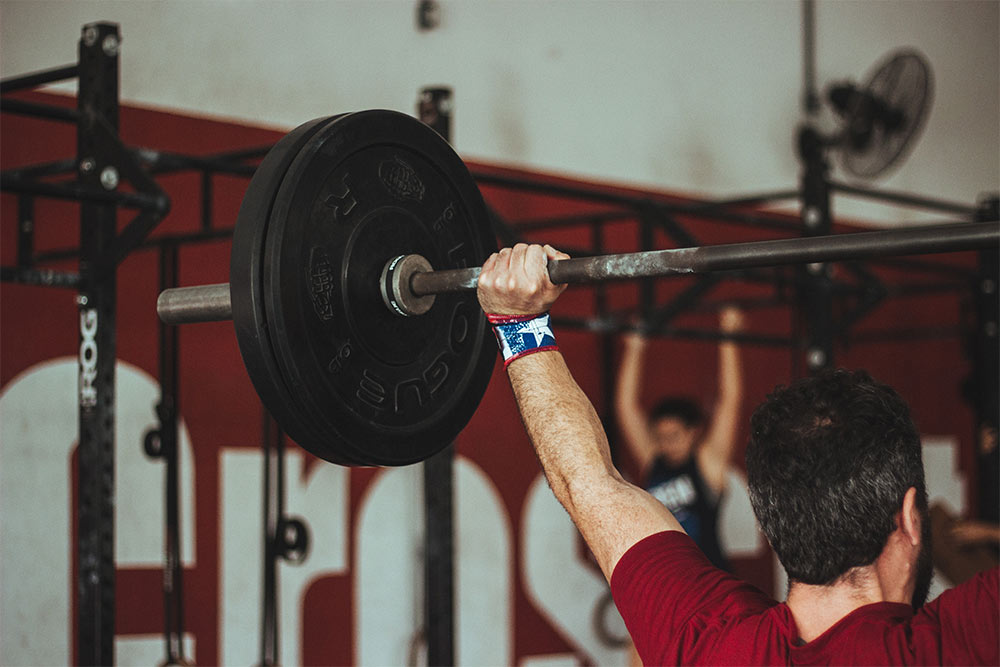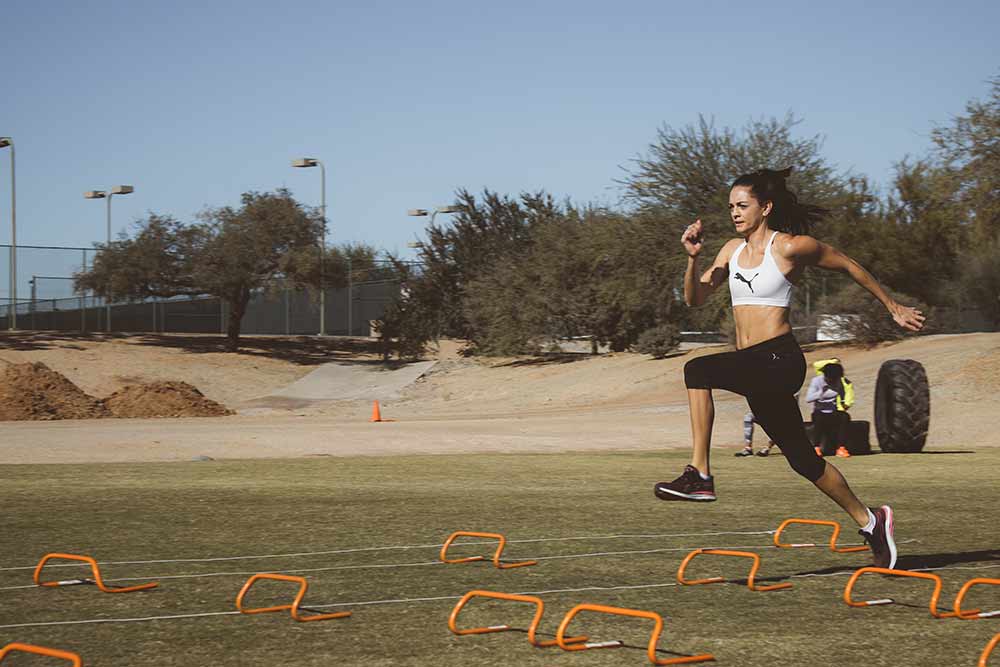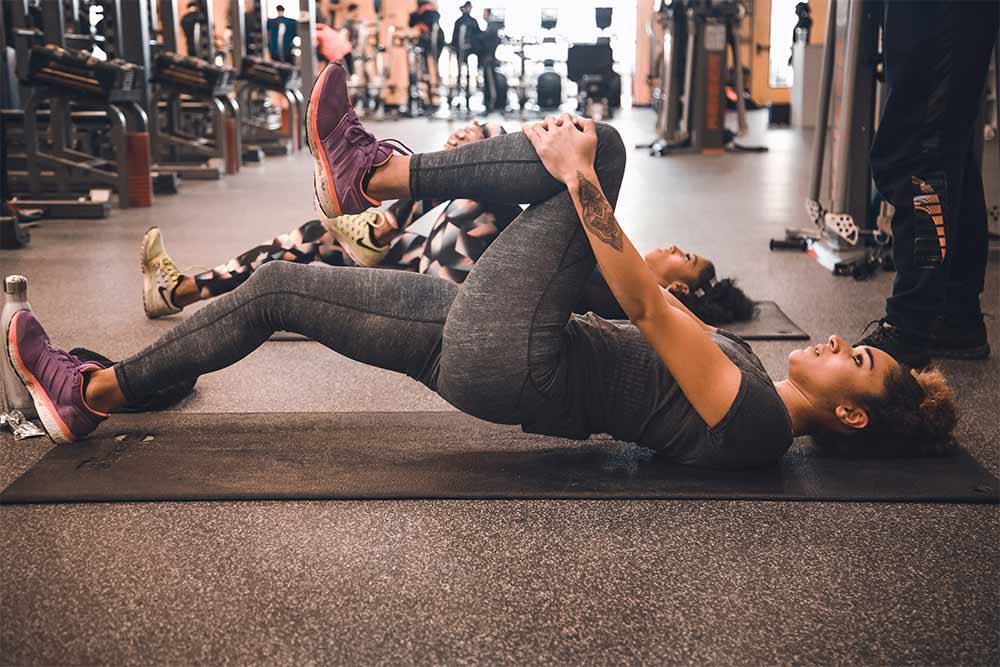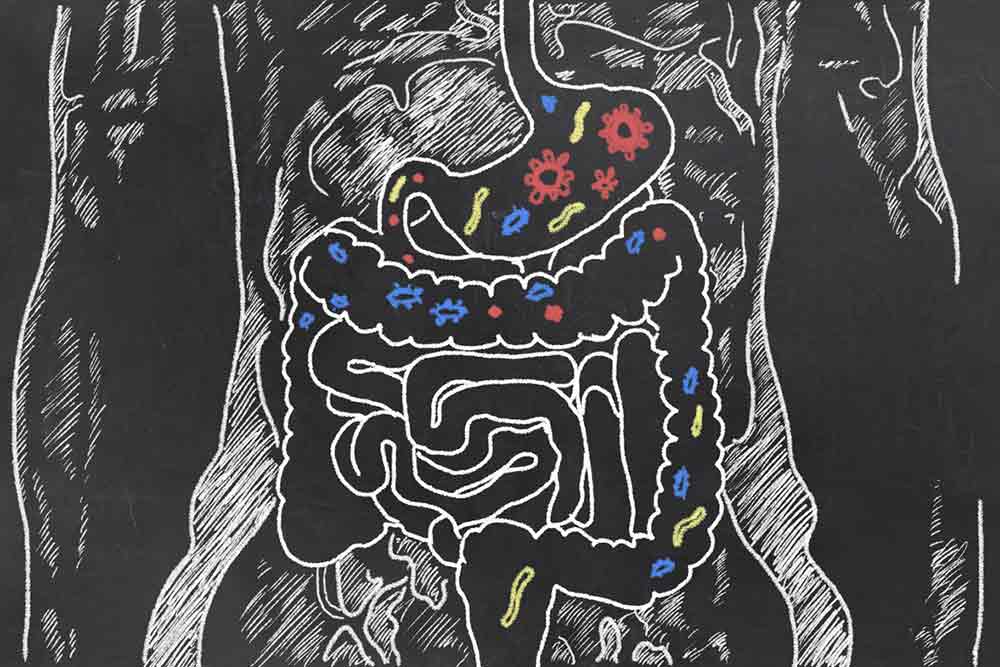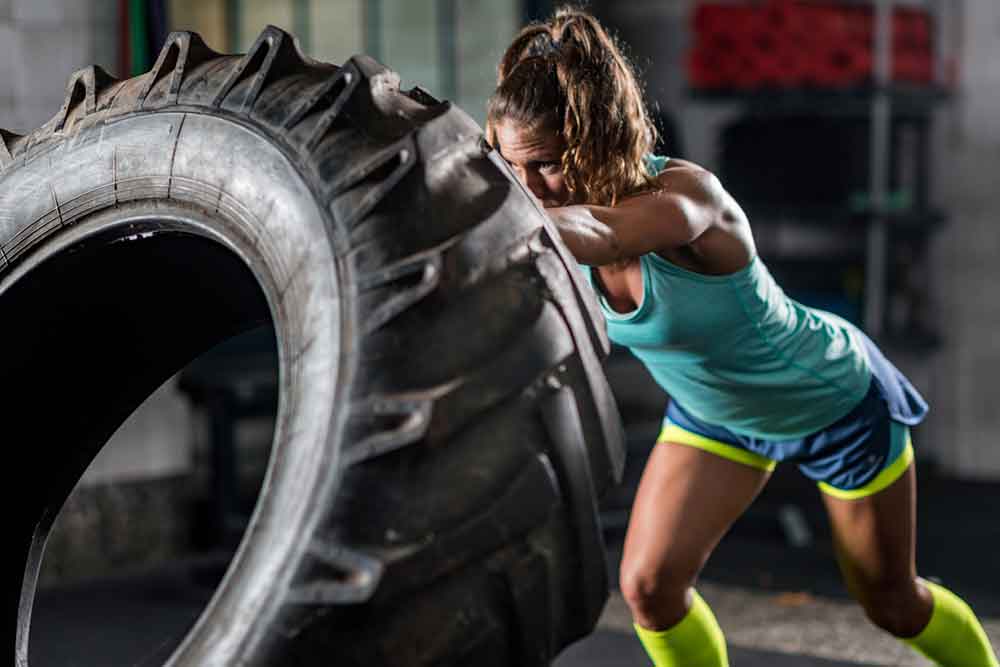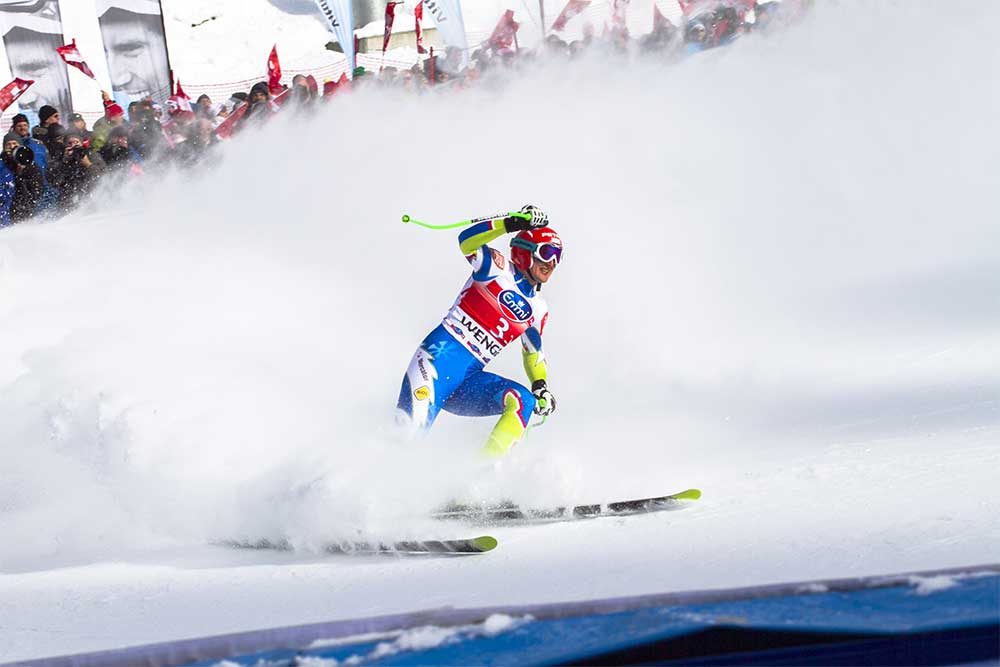Exercising in the Heat

Alyssa Bialowas
As temperatures continue to soar in the summer, it’s important to be cognizant of the effect that exercising in the heat has on your body. Intense exercise and a failure to modify the types of exercises and activities you participate in while in the direct sun can result in a rise in core body temperature and heat-related illness.
There are many types of heat-related illness such as:
- Heat cramps
- Heat syncope and exercise-associated collapse
- Heat exhaustion
- Heat stroke
During heat exhaustion, your body temperate rises as high as 104 F, and you may experience nausea, vomiting, weakness, headache, and fainting, and if left untreated could turn into heat stroke. Heat stroke is a life-threatening emergency condition that occurs when your body temperature rises higher than 104 F and can lead to confusion, irritability, headache, dizziness, fainting, vomiting, and you must seek immediate medical attention.
Avoid heat-related illness by:
- Watching the temperature
- Hydrating
- Dressing appropriately
- Adequate self-awareness of your fitness level
- Get acclimated
Exercising in the heat when you have type 1 diabetes –
 Decreases in blood glucose levels during aerobic exercise are a major concern for individuals with type 1 diabetes, especially if levels drop below the normal range. When blood glucose levels drop below this range, they will be hypoglycemic. However, the extent to which blood glucose may decline during a given intensity of aerobic exercise in the heat is unclear. It is increasingly important for individuals with type 1 diabetes to avoid all aspects of heat-related illness.
Decreases in blood glucose levels during aerobic exercise are a major concern for individuals with type 1 diabetes, especially if levels drop below the normal range. When blood glucose levels drop below this range, they will be hypoglycemic. However, the extent to which blood glucose may decline during a given intensity of aerobic exercise in the heat is unclear. It is increasingly important for individuals with type 1 diabetes to avoid all aspects of heat-related illness.
Related Article: Can Head Cooling Increase Aerobic Performance in the Heat?
In the literature –
Regular exercise at a moderate intensity improves immune function whereas prolonged exercise at high intensity may suppress immune function (Ayub et al., 2018). Immune function can become suppressed when exercise is prolonged, of moderate to high intensity, performed without proper nutritional intake, as well as in extremely hot or cold environments. A suppressed immune function may lead to the risk of infection, especially the upper respiratory tract infection (URTI). Infection/illness resulting from immune suppression may result in fever and dehydration, decrease energy and protein storage, decrease muscle strength, less motivation, and lead to stress on the body during performance (Ayub et al., 2018).
Lysozyme
Lysozyme is one of the salivary antimicrobial proteins (AMPs), which serve as the primary defense mechanism at the mucosal surface. Salivary lysozyme is produced by epithelial cells and salivary glands and exerts immunological action via enzymatic effects on the peptidoglycan layer of gram-positive bacterial walls. It has been well documented that reduced levels of salivary AMPs in athletes can contribute to increased risk of URTI.
Immune Function
Exercising in the heat can influence the immune function of the body by stressing thermoregulatory capacities and could compromise cardiovascular responses. It has been previously studied that performing an exercise in hot conditions with associated elevated circulating stress hormones and catecholamines, would cause an immune disturbance in an athlete’s performance.
The effects of prolonged exercise in the heat among recreational athletes are limited in the literature. Ayub et al. (2018) set out to determine the effects of prolonged running in hot and cool environments on physiological parameters, and on salivary lysozyme responses among athletes.
Related Article: Can a Hot HIIT Session Induce Heat Acclimation for Athletes?
The Study
 Thirteen male recreational athletes from Universiti Sains Malaysia participated in this study. The researchers used a randomized and cross-over study design. Participants performed a 90-minute running trial at 60% of their respective maximum oxygen uptake, in two different temperature conditions. The hot condition was set to 31ºC while the cool environment was set to 18ºC. The sequence between hot and cold was randomized in the design of the study. Running trials began with a 5 min warm-up at 50% of participant’s respective VO2max.
Thirteen male recreational athletes from Universiti Sains Malaysia participated in this study. The researchers used a randomized and cross-over study design. Participants performed a 90-minute running trial at 60% of their respective maximum oxygen uptake, in two different temperature conditions. The hot condition was set to 31ºC while the cool environment was set to 18ºC. The sequence between hot and cold was randomized in the design of the study. Running trials began with a 5 min warm-up at 50% of participant’s respective VO2max.
Between each trial, participants waited for one week. In both trials, saliva samples, blood samples, heart rate, ratings of perceived exertion, skin and tympanic temperatures, oxygen consumption, nude body weight, room temperature, and relative humidity were collected.
The Results
In the hot condition over the cold condition, participants’ skin temperature, body weight changes, heart rate, ratings of perceived exertion, and plasma volume changes were significantly higher. Saliva flow rate was not significantly different between the hot cool condition. There were no significant differences between and within hot and cool trials in salivary lysozyme concentration (Ayub et al., 2018).
Takeaway
Although not confirmed in this present study, it has been proposed that an acute increase in salivary lysozyme following high-intensity exercise is due to increase sympathetic nervous system activity (Ayub et al., 2018). It has been suggested that an increase in the concentration of salivary AMPs after exercise might improve immunity to infection, and hydration during exercise affects the ability to maintain salivary AMPs secretion rates.
To maintain immune function while exercising in the heat, it is crucial to maintain body temperature. Hydration, attire, and self-awareness around your personal fitness level and comfort level, will be key to avoiding symptoms of heat-related illness while exercising in the heat.
Related Article: How Sweat Helps You Keep Your Cool
Reference
Ayub, A., Chen, C., Ibrahim, N., & Muhamad, A. (2017). “Effects of prolonged running in
the heat and cool environments on selected physiological parameters and
salivary lysozyme responses.” Journal of Exercise Science and Fitness, 15, 2,
63-69.
You Might Like:

